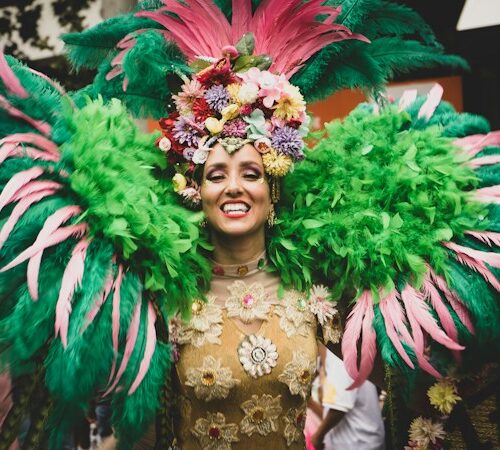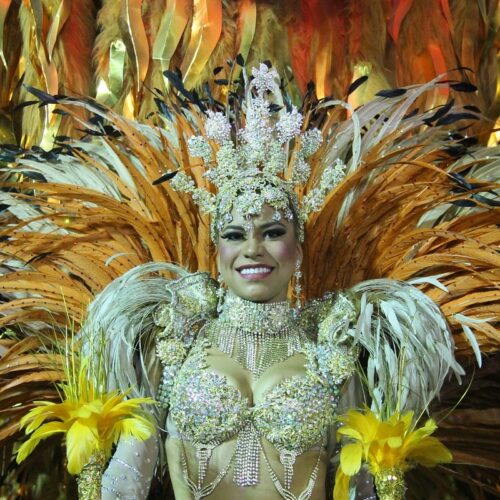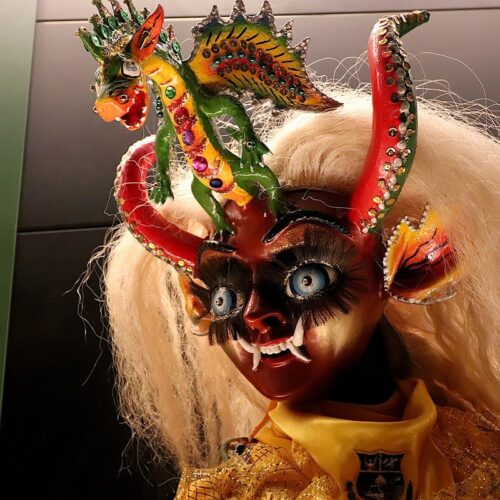Sabong, or cockfighting, stands as a centuries-old tradition deeply ingrained in Filipino culture. Tracing its origins back to before the arrival of Spanish colonizers, Sabong has evolved from a simple pastime to a significant cultural phenomenon. This introduction sets the stage for exploring the multifaceted impact of Sabong on various aspects of Filipino heritage, especially its influence on the country’s folk dances and festivals.
The evolution of sabong from a local spectacle to a national fascination mirrors the broader tapestry of Filipino culture. It encapsulates the dynamic interplay between tradition and modernity in the Philippines. This section will delve into how the vibrant legacy of Sabong has left an indelible mark on the country’s folk dances and festivals, revealing the deep cultural significance of this age-old tradition.
The Historical Connection
Sabong’s integration into Filipino society predates recorded history, suggesting its significance extends far beyond mere entertainment. As a practice that has been passed down through generations, Sabong has become a cultural cornerstone, reflecting the values, struggles, and triumphs of the Filipino people. This deep historical connection provides a lens through which to view the cultural landscapes shaped by Sabong.
Sabong’s legacy is evident in the ways it has influenced social interactions and communal bonds within Filipino communities. The practice has not only fostered a sense of camaraderie and competition but also served as a reflection of the community’s values and aspirations. This historical backdrop sets the stage for understanding sabong’s enduring influence on Filipino cultural expressions, particularly in folk dances and festivals.
Musical and Dance Inspirations
The kinetic energy and vibrant spectacle of Sabong have found their way into the rhythm and movement of Filipino folk dances. These dances, characterized by their lively steps and expressive gestures, often mimic the combative motions and strategic maneuvers seen in Sabong. This section explores how the intensity and drama of Sabong are captured and reinterpreted through dance, offering audiences a glimpse into the cultural significance of this tradition.
Moreover, the musical accompaniment to these dances often incorporates rhythms and motifs reminiscent of the excitement and tension found in Sabong arenas. Drumbeats and gong strikes evoke the heart-pounding anticipation of Sabong matches, further linking these artistic expressions to the ancient tradition. Through music and dance, the spirit of Sabong lives on, bridging past and present in a continuous flow of cultural expression.
Sabong in Filipino Festivals
Festivals across the Philippines frequently draw inspiration from the rich tradition of Sabong, weaving its themes into the fabric of their celebrations. These festivals, bursting with color, music, and dance, pay homage to Sabong not only as a sport but as a cultural artifact that embodies the vibrancy and resilience of the Filipino spirit. By integrating motifs on sabong bets com, these events affirm their connection to a deeply rooted cultural practice.
The symbolism of Sabong in these festivals is multifaceted, reflecting themes of life, death, and renewal. Through ritualistic representations and artistic interpretations, festivals explore the deeper meanings associated with Sabong, such as the cycles of nature and the human condition. This layer of symbolic significance enriches the cultural tapestry of the festivals, making Sabong an integral part of the Philippines’ cultural identity.
Visual Arts and Theater Inspired by Sabong
The drama and spectacle of Sabong have transcended the arena to inspire a wide range of artistic expressions. Visual artists have captured the intensity and emotion of Sabong in their work, using it as a metaphor for broader themes such as struggle, triumph, and community. Paintings and sculptures depicting scenes from Sabong not only celebrate this tradition but also provoke reflection on its place within Filipino culture.
The influence of Sabong on visual arts and theater underscores its versatility as a cultural symbol. Artists and playwrights leverage the tradition of Sabong to engage with audiences on an emotional and intellectual level, showcasing its capacity to convey universal themes. Through these artistic mediums, Sabong is reimagined and celebrated, highlighting its enduring relevance in Filipino culture.
Preserving Tradition vs. Modern Sensibilities
The practice of Sabong, while deeply rooted in Filipino culture, has not been without controversy. Debates surrounding animal welfare and ethical considerations have prompted a reevaluation of sabong’s place in contemporary society. This section delves into the complexities of preserving a traditional practice that faces challenges from modern sensibilities and ethical concerns.
In weaving through the historical, artistic, and ethical dimensions of Sabong, it’s evident that its influence on Filipino folk dances and festivals is profound. From the arena to the stage, sabong bets com not only on the outcomes of its matches but on the enduring strength of Filipino cultural identity. As traditions evolve and societies grow, the legacy of Sabong offers a compelling lens through which to view the intricate dance between the past and the future.



